Through harsh winters, frozen rains and burned-away homes, Bad North is a lite-rogue-lite journey that makes you wish the journey was as big as the ocean when it’s really a dip in a nearby puddle.
Switch: Released
Type: Single-player
Genre: Rogue-Lite, Squad-Tactics
Developer: Plausible Concept
Publisher: Raw Fury
Release date: 16 November, 2018


If you are left wanting more because you were satisfied with the portion that you already had, does that automatically make a game good? This question is why review scores have no merit of their own as acceptable games like Bad North ultimately comes down to a matter of personal taste and the value of your time. In that regard, Bad North is like going to a fancy restaurant, ordering a main entrée, and receiving a well-made hors d’oeuvre—like odor, you uncultured swine.
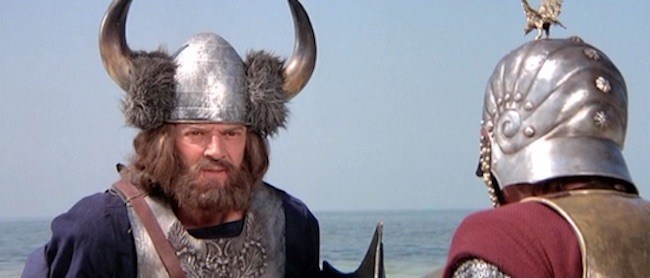
As much as food analogies are oversaturated in reviews, this lite rouge-lite—or rouge-lite-lite if you want to butcher the English language some more—cannot be better explained. If you expect rouge-styled games to keep you engaged with a certain level of depth, a wide variety of items, or an engaging progression system, then you’re going to come away disappointed. If, however, you enjoy simpler games with some nuance and brief sessions, then you may find Bad North to be more palatable, especially if you are not familiar with many rogue-lites or the standards of the genre.
There’s an Old Norse Saying, “Numbers Cannot Skill Withstand”
Now rogue-lites aren’t exactly a helpful genre because the name itself doesn’t describe what kind of experience you are going to have. Various heavyweights come to mind like The Binding of Isaac or more recent titles like Risk of Rain 2, but these games vary so wildly that you don’t get much information as a consumer by lumping everything into one category. However, there are some unsaid expectations that every rogue-lite should follow: Permadeath, randomly-generated runs, some amount of challenge, etc. However, it is perhaps the most important category of all rogue-lites, replayability, where Bad North may turn south for many players.
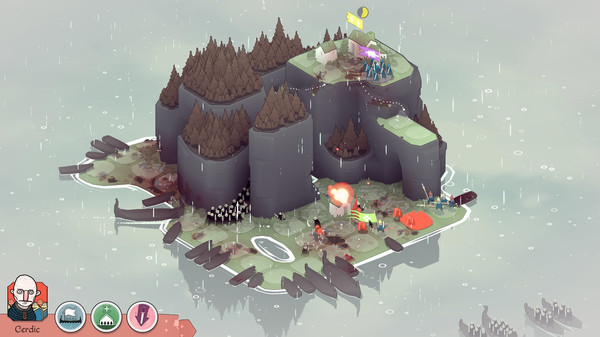
So what exactly is Bad North, and why does it fall short of this most vital quality? The developers, Plausible Concept, describe the game as a “real-time tactics rogue-lite,” which doesn’t really describe the gameplay in any great detail. The real problem is that the gameplay doesn’t fit a conventional genre, so the best way to communicate what the game is like is to use some comparisons to other games: Imagine playing a squad-based RTS like Company of Heroes, or any symmetrical RTS with rock-paper-scissors mechanics, without building bases or deploying massive armies, and then replace those mechanics with randomized rewards scattered across multiple small maps connected much like FTL. That amalgamation, however vague it may sound, is the most coherent description of Bad North, and it’s specifically because it chooses bits and pieces of these two separate genres that undermines the concoction it wants to be.
To help showcase these descriptions in action, let’s break down the process of playing Bad North. When you start a campaign, you always have two militia units on one island as a warm-up/tutorial; and after surviving the final wave, you can allocate any gold earned from surviving houses to units that you currently have deployed. You are then introduced to the randomized map screen that will reveal more islands to claim with additional routes and rewards like a randomized item for your troops or additional units for your army (and this is the only way to obtain more units.) From here, you can also spend your gold on specializations and their upgraded ranks, abilities or item-improvements. You then have to wait until the next turn to restore your fatigued units, and the previous islands will be made inaccessible the further you progress. (You also are not tied to one route, so you can choose any island so long as you can reach it.) This gameplay loop then repeats itself for around thirty to forty islands per campaign until you reach the final island, Vermland, where you make your last stand.
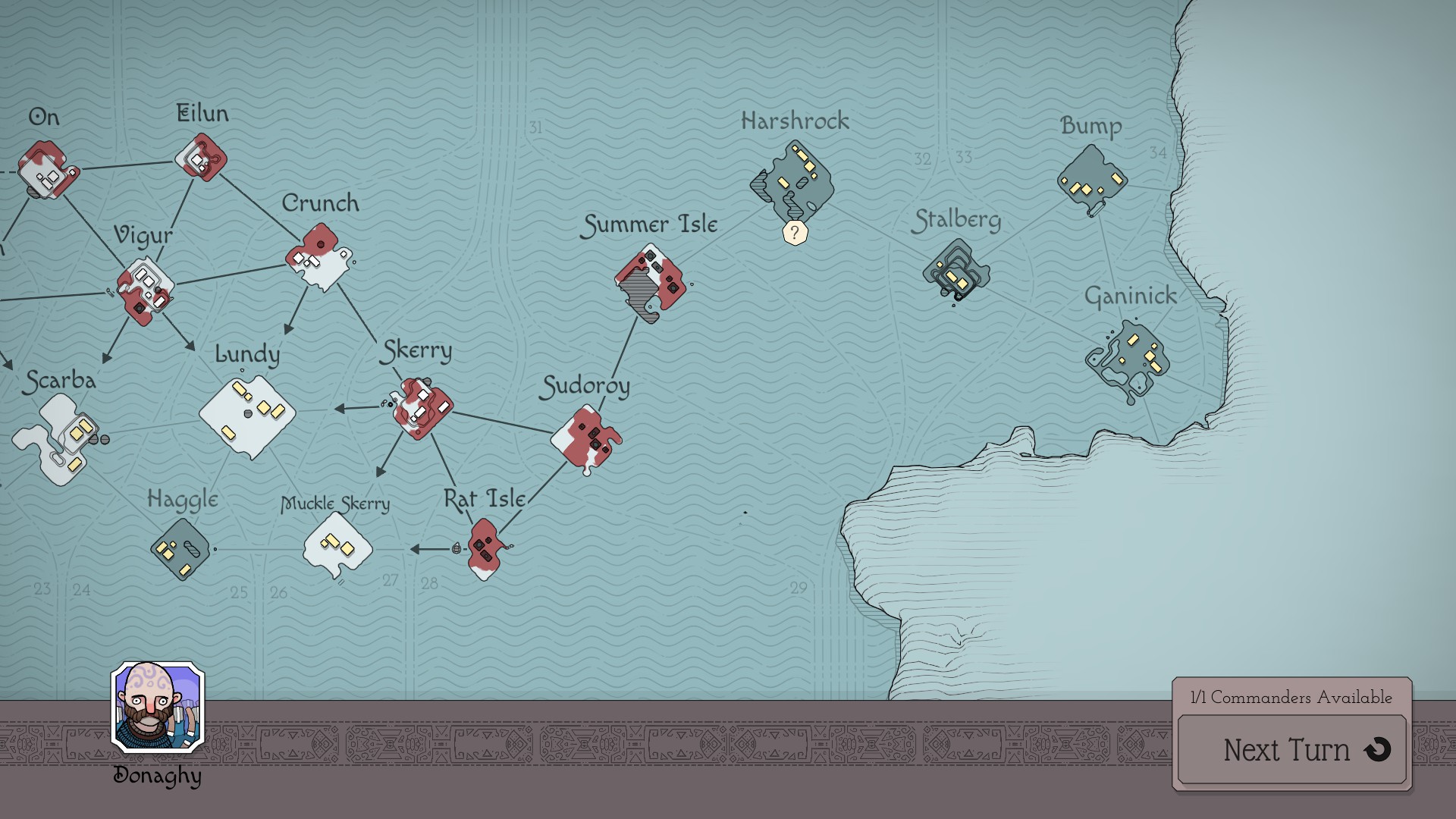
In practice, this loop does work, but it doesn’t take long before the in-game mechanics begin to wane. For most of the early-game on Easy and Normal, you do a lot more waiting rather than playing because you can only control your units’ position, which can also cause problems when enemies are located on narrow shorelines where you cannot reach them. As a result of the lull between combat, I was able to appreciate all the minute details such as the wind effects and the textures simulating the weather; however, I do not view this eye-candy as a trade-off for my boredom. The real source of the problem comes from how long it takes new enemy waves to arrive on shore, and the only thing you can do is position your units in advance or send them to a house to replenish the squad. On Hard mode, and during the mid-to-late-game, this problem will fade away because you will have to manage the health of your squads versus the ever-increasingly difficult waves, and it’s here where the gameplay is at its strongest. (However, one annoyance that will remain is that units will not retreat if an island is their homeland—which you don’t know before things go FUBAR except when you recruit new units—and the only clue is a mostly transparent UI prompt at the top.)
This streamlined approach to squad-based tactics would be commendable, especially the slow-down effect to help the player better utilize the units’ abilities when in a pinch, but the execution often showcases more of its own limitations than its finer details. Now none of these classes are better or worse than one another, even if the archers suffer the most due to the number of units with shields, but it’s specifically the squad size limit of four that creates problems. First, there are only three types of specializations, three rechargeable abilities (one per class) and three ranks for upgrades: Warriors have a plunge attack off cliff-ledges; Pikemen can use a charge attack for one tile; and Archers can use a volley attack to thin hordes and get past enemy shields. Combine this sparse diversity with only four items—bombs, a squad-size upgrade, a war-horn to restore units for one squad, and a hammer attack—and the amount of leeway you can have with squads becomes incredibly narrow. This problem is magnified by the fact that most enemies have one direct counter, and, unlike most RTSs with similar ideas like Ancestor’s Legacy, you cannot create more units to help offset any losses. Towards the late-game where it becomes unviable to send off deployments without one unit from each class, if one unit dies the battle becomes a game of rock-paper-scissors where you cannot use a third of your options.
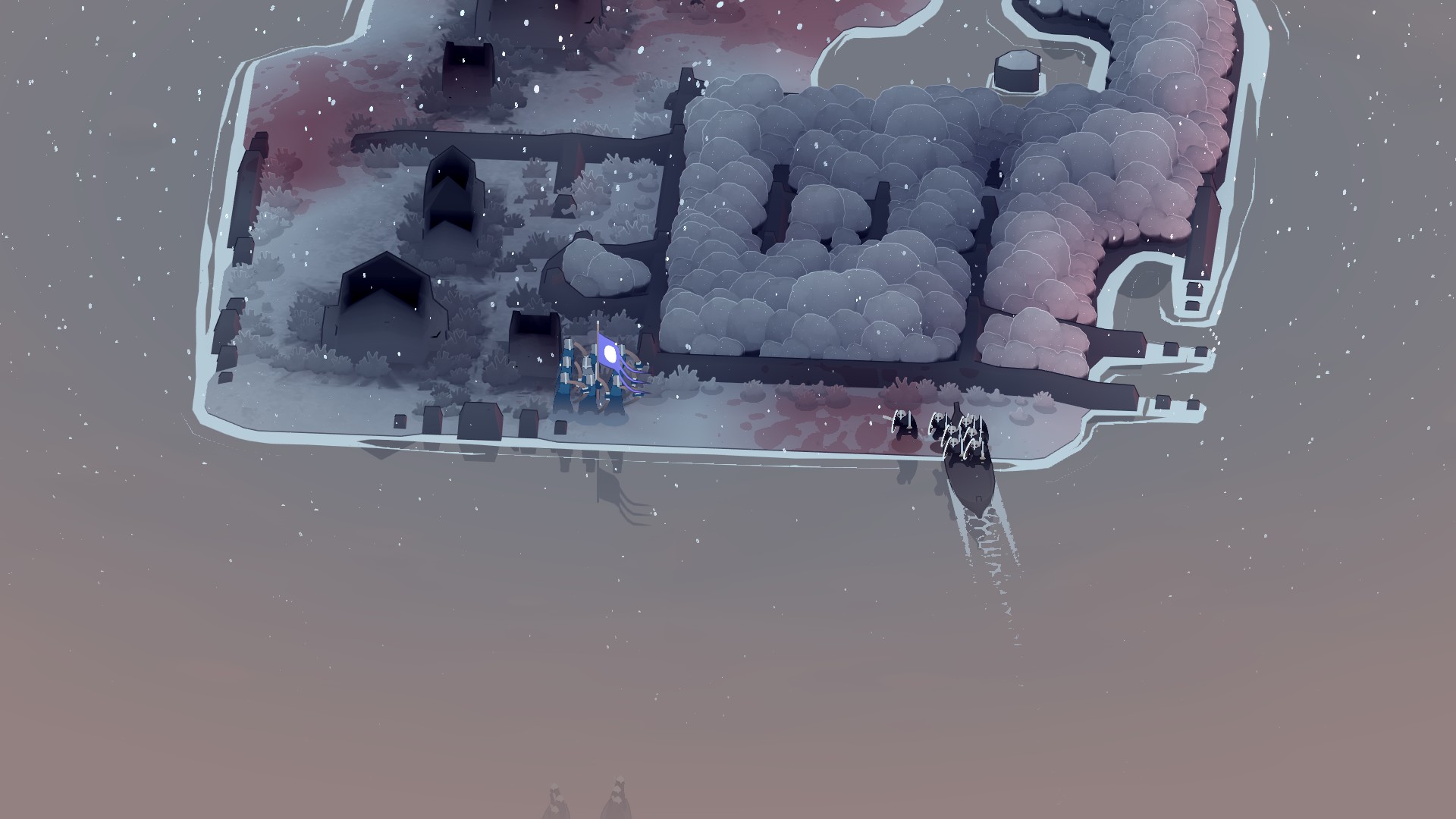
As a result of these limiting factors, the game really doesn’t reward you taking risks rather than playing it safe (at least on Easy/Normal.) In fact, out of ten campaigns, the only reason I won two games is that I never split up my forces; instead, I invested all my gold into four units to max them out. You do take less islands per turn than what you could achieve, but that meager amount of extra gold is not worth losing one unit because you were ill-equipped. As a side note, there is a rumor that the developers will implement a way to preview incoming forces, similar to how you can preview islands before committing to one, so that you can properly counter new unit types. While this change would make it more viable to use smaller squads, you are quickly taught not to treat a unit’s death lightly. Even on hard mode, having one unit recovering health while the other is facing off enemy waves can often be suicidal, so you cannot afford losing a squad carelessly when the game will continue to add more punishing threats.
In short, the most optimal way to play Bad North is often the safest as well as the simplest way to win, which as a rogue-lite is the quickest way to become mundane. To put this whole discussion of Bad North’s problems in less convoluted terms: If you view Bad North as a streamlined RTS, then it feels too restrictive for any player-driven tactics; and if you view Bad North as a rogue-lite, it has too few items or too restrictive playstyles to reward additional playthroughs.
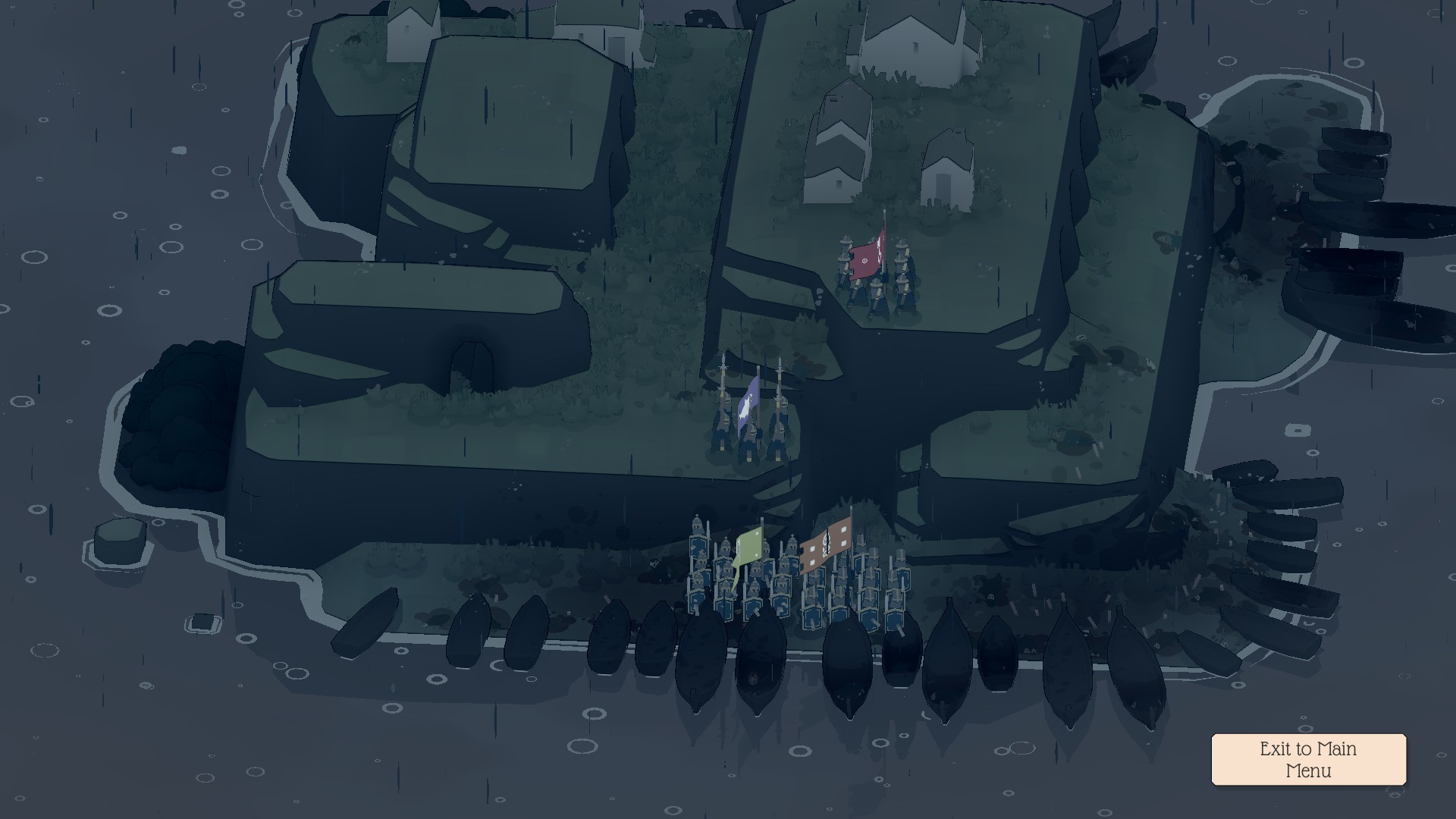
Verdict: At the End, There Will Always Come Soft Rains
As I said in the beginning, Bad North is by no quantitative metric a bad game; it does, however, come across as overtly simplistic at best and too underdeveloped at worst. With the way I review games, if a game is agreeable to me, then I am more prone to scrutinizing its flaws out of respect; if a game is outright awful, then I will attempt to find any merit to dissuade my own qualms with the game. Games caught in the middle get the full extent of both treatments, which is why I perhaps sound harsher to this game than I ever intended. (You might say games like Bad North come out the way the wind blows.)
In all seriousness, Bad North is a game that I did thoroughly enjoy for what little it offered, which is why I played it for thirteen hours to find any subtle nuances. You might even argue that the game itself is a great entryway for people often too intimidated by permadeath mechanics as it makes those victories evermore sweeter to receive. However, outside of positioning your archers to attack from the enemy’s blind spots when they are engaged with your melee squads, there is, unfortunately, no real depth to be found beyond the puddles left by the soft rain at the end.

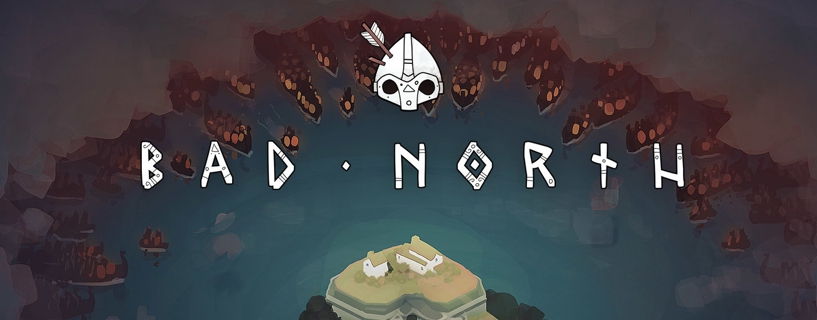









Your review is very spot-on. This game has great style, but there is no substance to back it up: no depths to its tactics, no replayability. After a charming start, I felt that it quickly lost its appeal and failed to keep me hooked.
Thanks for reading and the kind words.